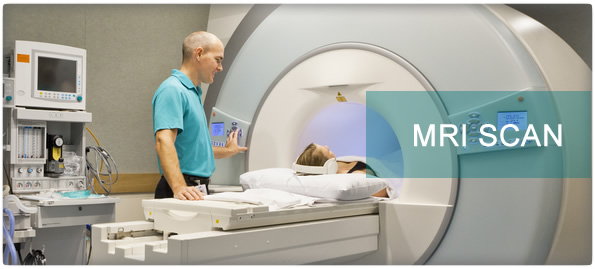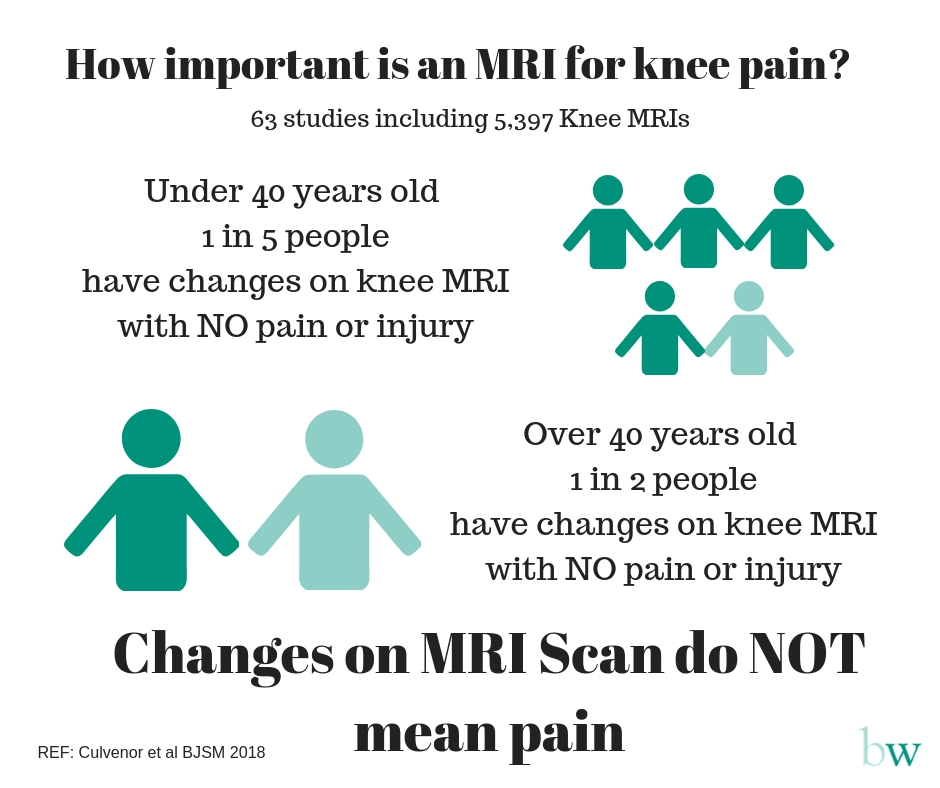
You are more than your MRI scan
Technology is a wonderful thing, the investigations that we can do now to find out what is really going on inside the body is amazing, X-rays, CT scans, MRI scans. . . the list goes on!
But are we too reliant on them?
If you have a pain in a joint or your spine getting the right image can help get an accurate diagnosis. BUT medical professionals must be careful not to rely on them exclusively, as they only tell a small part of the story.
The big picture
Let’s say you come in with pain in your right knee and all I do is look at an MRI of your right knee which shows a bit of joint damage. So we treat your right knee, perhaps even operate on it. But, after all of that your pain doesn’t go away.
What have I missed?
By not examining the rest of your body, which is all connected to your knee, perhaps I missed your Achilles Tendon problem in your left foot, causing you to limp and put more weight on your right knee, damaging the joint and causing pain and strain.
Perhaps I missed the right hip pain that’s making you limp and causing your right knee to take the strain.
So all we’ve done is treated a symptom. That’s a lot of work to not fix the original problem. So the symptom returns.
It is critical to review the entire body. You can get the best picture in the world of one small part but it’s like shining a spotlight. Unless the problem is in that spotlight you can’t see it.
Nothing there
And then you have the other side of the coin. Patients who come in with long term, chronic pain who have been told there’s “nothing on the scan”. So, as there doesn’t seem to be a problem in the small area that’s being examined, they aren’t offered any treatment, just painkillers.
And these patients are therefore dismissed as “imagining it”. Strangely, that doesn’t make their pain any less real or painful.
Scary pictures
A recent study looked at patients with “massive” disc herniation (slipped disc).
They split the group into 2 parts – 1 group received surgery, the other didn’t.
Both groups had “massive” disc herniation according to their MRI scans.
Guess what? Group 2 that didn’t have surgery still got better.
Of those who did receive surgery, 8% needed further, more complicated operations and all had further complications.
Treat the patient, NOT the MRI scan.
Even more recent research looked at 63 studies which included 5,397 Knee MRI scans of people with NO pain or injury. And guess what they found?
Examples of Cartilage lesions, Meniscal tears, bone bruises, bone spurs . . . . . in people with NO pain.
Under 40 years old it was 1 in 5 with these findings. Over 40 – 1 in 2.
So unless you know that none of that stuff was there BEFORE you had pain . . . . we don’t know for sure that it’s causing it!



3 Comments